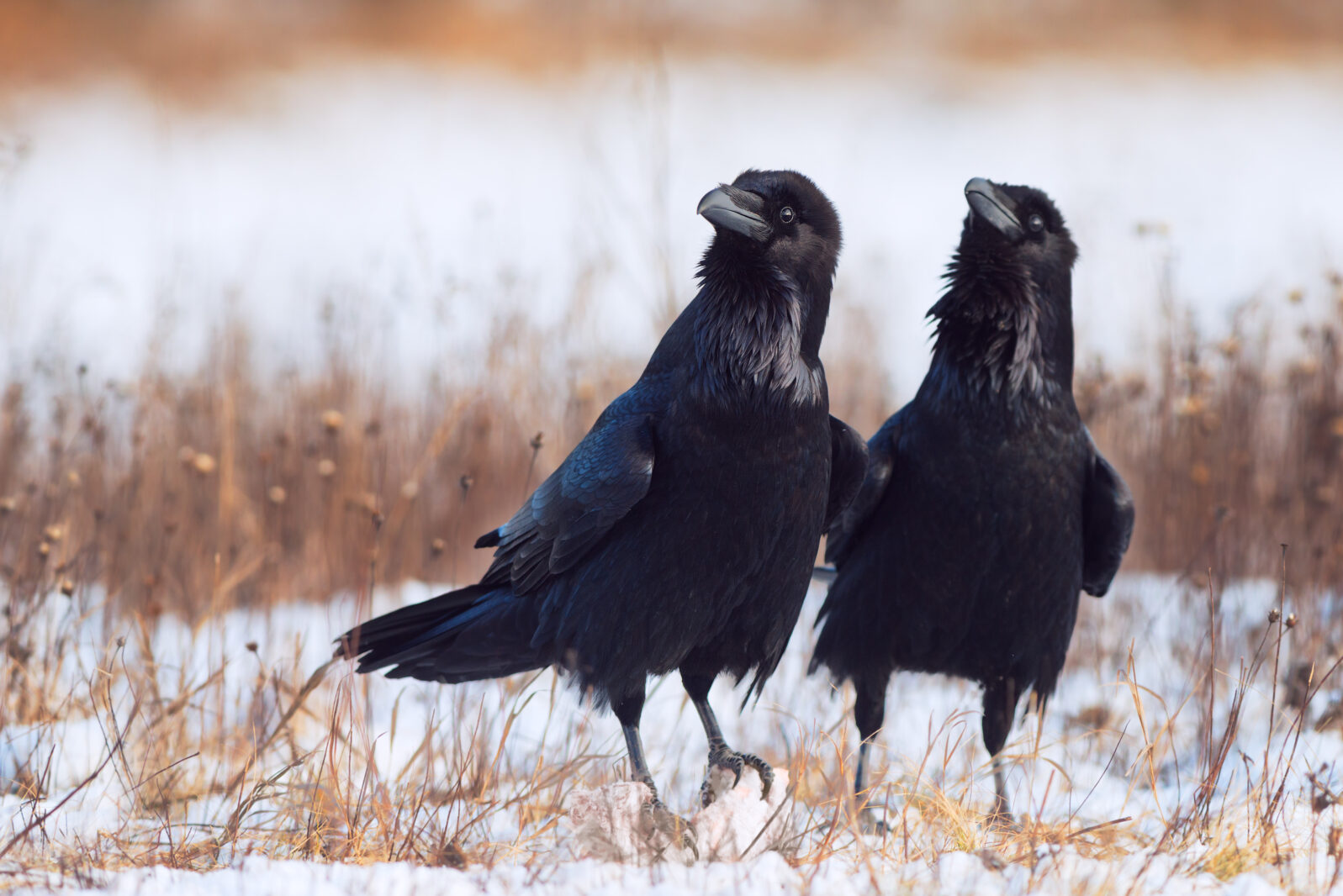Our Ancestors Are Constantly Evolving, Just to Keep Up!
Negative biases about our forebears have long been part of science, education, and popular culture. Why?Recently, archeologists came up with an interesting find from 30,000 years ago in what is now Moravia, part of the Czech Republic: Ravens lived among humans.
over 30,000 years ago, during the Pavlovian culture, ravens helped themselves to people’s scraps and picked over mammoth carcasses left behind by human hunters. This took place in the region known today as Moravia, in the Czech Republic.
Ravens live in human settlements today, of course, with one notable difference:
The archeologists from the University of Tübingen and the Senckenberg Centre for Human Evolution noted that “The large number of raven bones found at the sites suggests that the birds, in turn, were a supplementary source of food, and may have become important in the culture and worldview of these people.”
University of Tübingen, “Ravens in Prehistory: Scientists Unearth a 30,000-Year-Old Relationship With Humans,” SciTechDaily, June 29, 2023 One of the papers is open access.
Today we barbecue chickens instead of ravens…

We are also told, “Ravens have a very wide food spectrum, and are curious and flexible in their behavior.” They are also famous for their intelligence. One consequence is that they stood a good chance of figuring in the culture of that day, as the researchers suggest, just as they do in many modern cultures. But this is a much more complex picture of an early society than we are accustomed to hearing about.
Another recent find has been Neanderthal cave engravings from 57,000 years ago:
Research in recent decades has revealed a great deal about the cultural complexity of Neanderthals. However, relatively little is known about their symbolic or artistic expression. Only a short list of symbolic productions are attributed to Neanderthals, and the interpretation of these is often the subject of debate. In this study, Marquet and colleagues identified markings on a cave wall in France as the oldest known Neanderthal engravings… Based on the shape, spacing, and arrangement of these engravings, the team concluded that they are deliberate, organized and intentional shapes created by human hands.
Public Library of Science, “Neanderthal cave engravings identified as oldest known, more than 57,000 years old,” Phys.Org, June 21, 2023 The paper is open access.
Some of us can remember when Neanderthal artwork was an “academic bombshell.”
Why? Because materialists need to maintain the idea that the human mind arises purely from animal instincts. That’s hard to establish unless researchers can find human forms with less-than-human minds. Therefore some group must be co-opted into the role. And, while many of us have Neanderthal genes, Neanderthals no longer exist as a separate group. So they can’t lobby against such treatment.
Nonetheless, the weight of evidence will eventually force a confrontation with a stark fact: The human mind has no evolutionary history. It appears suddenly and invents technologies with increasing speed over time. More than that we don’t really know and maybe can’t know. The history was made up, not dug up.
For some, it’s a hard swallow. As paleobiologist Rui Diogo, associate professor of at Howard University, notes, negative biases of all kinds about our forebears have long been part of science, education, and popular culture.
One example of how biased narratives are still present in science today is the numerous depictions of human evolution as a linear trend from darker and more “primitive” human beings to more “evolved” ones with a lighter skin tone. Natural history museums, websites, and UNESCO heritage sites have all shown this trend.
Rui Diogo, “How Power Pervades Portrayals of Human Evolution,” Sapiens, 20 Jun 2023
He quite properly singles out racist and sexist portrayals. But an overarching theme has been the need to promote the idea of a gradual development of human-like intelligence. As it happens, ancestors way stupider than their descendants are just not what paleontologists have been digging up. And histories that are made up rather than dug up tend to collapse.
You may also wish to read: At Scientific American: Ravens are as smart as chimpanzees. Birds have a different brain structure from mammals but that doesn’t appear to limit natural intelligence. Uniquely human intelligence isn’t explained by the fact that we are closer to chimpanzees than to ravens. The story appears more complex.
